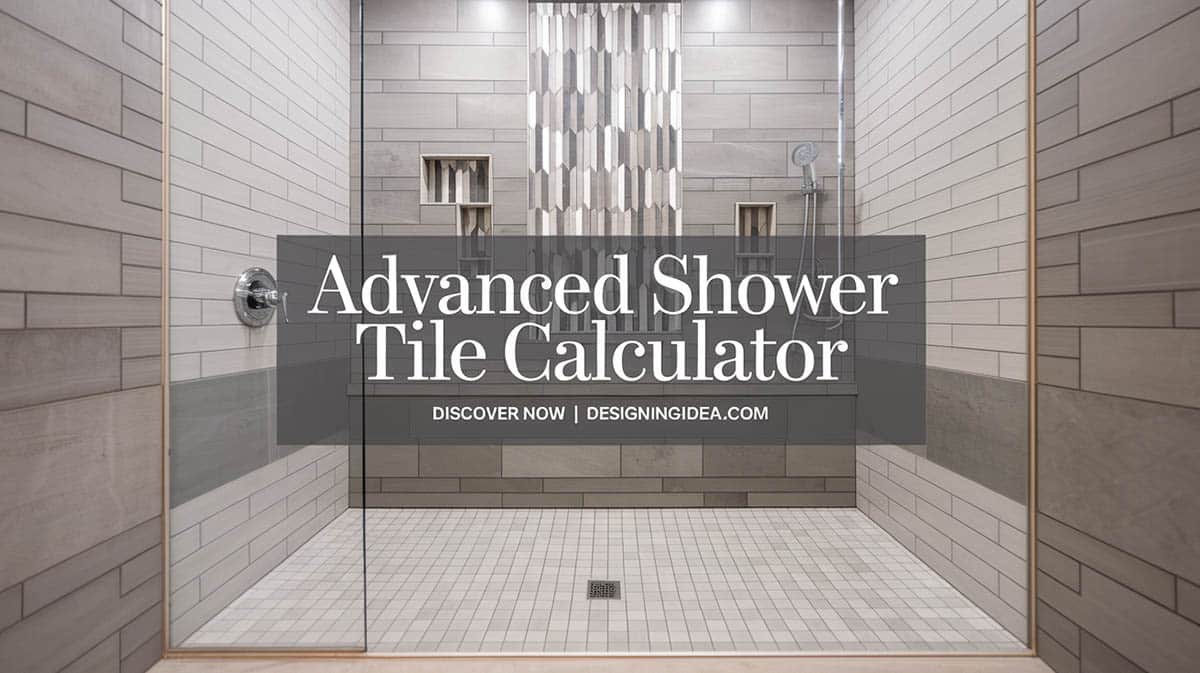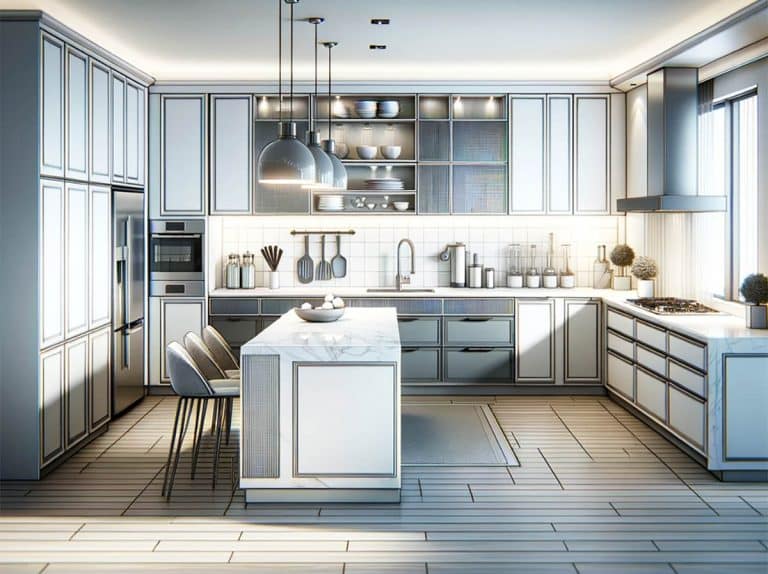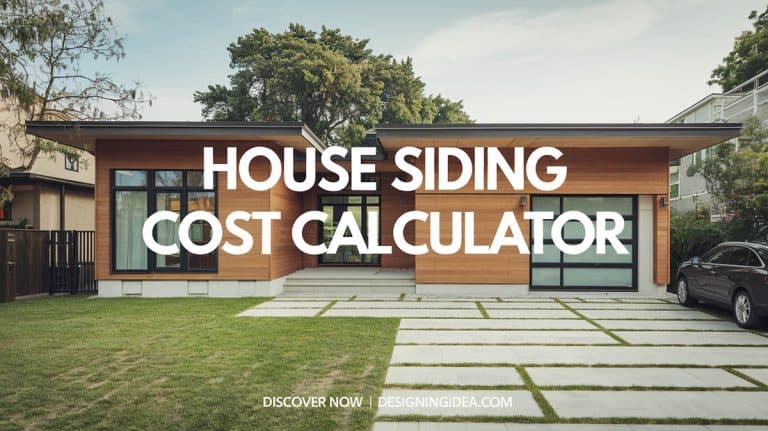Advanced Shower Tile Calculator To Get Total Materials And Cost

Welcome to the ultimate shower tile calculator! I’m thrilled you stopped by. Together, we’ll make quick work of figuring out your upcoming tiling project material needs and make sure it falls within your budget.
Professional Shower Tile Calculator
Calculate materials, costs, and specifications for your shower tiling project with precision
Primary Shower Dimensions
Tile Specifications
Optional Features
Project Summary
Area Calculations
Total Wall Area: sq ft
Floor Area: sq ft
Total Project Area: sq ft
Tile Requirements
Main Tiles Needed:
Extra Tiles (15%):
Total Tiles to Order:
Cost Breakdown
Tile Cost: $
Estimated Materials: $
Total Project Cost: $
Required Materials List:
Professional Installation Notes:
- Calculations include a 15% waste factor for cuts, breakage, and future repairs
- Material estimates are based on industry standards and may vary by product selection
- Consider consulting with a professional for exact measurements and requirements
- Proper waterproofing and substrate preparation are essential for longevity
- Always check local building codes for specific requirements in your area
How The Tile Amount Calculator Works
With my easy step-by-step instructions, you’ll measure your shower, select gorgeous tiles, and calculate exactly how many materials you need – plus estimate costs. Before you know it, you’ll be fully prepared to start transforming your space into a spa-like oasis.
Taking Measurements – First things first – accurately measuring your shower area is key for the rest of our planning. So grab your laser level, pencil, and tape measure.
For the walls, you’ll want to: Measure from floor to desired height (adding 6 extra inches if tiling to ceiling.) Calculate the total width by adding all wall lengths.
Now, focus on the floor: Measure full width and length, including under benches. Double check for squareness at multiple spots
Choosing Your Tile Personality – The fun part! With so many colors, textures, sizes and materials – the options are dazzling. Let your inner design maven run free! Don’t forget special touches like glass mosaic accents or a built-in niche for shower caddies.
Keep scale and maintenance in mind:
- Smaller tiles = more grout lines
- Porcelain/ceramic easier to clean
- Larger tiles and stone make bold statements
Crunching the Numbers – Here comes the magic! Input your measurements and tile choices into my calculator and presto…out pops a detailed materials list and budget estimate. Use this info to fine-tune selections, schedule contractors, and organize delivery.
It accounts for:
- 15% extra tiles
- Thinset, grout and waterproofing
- Cuts, waste and repairs
Note: This calculator is for entertainment purposes only. Please double check your materials to ensure accuracy.
Important Tips For Calculating Tile For The Shower
When calculating how much tile you need for a shower, it’s crucial to measure precisely and budget in extra tiles. Let’s walk through this step-by-step. Start by carefully measuring the height and width of each wall section, including above the shower door. Remember to subtract areas taken up by windows or other openings. For the floor, multiply length by width and add 10% more for a diagonal layout. Measure all surfaces that need tile, like the curb.
Now we’ll want to pad those measurements so you don’t run out of materials. Depending on your tile pattern, add 15-25% more tiles to account for cutting and alignment. Brick layouts need 15% extra, herringbone 20%, and intricate mosaics up to 25%. Tile size matters too. Big tiles like 24×24 require fewer pieces but intricate cuts. Tiny mosaics involve intricate planning. Either way, check grout lines are wide enough.
How much extra should you budget altogether? 10% minimum for basic installs, 15-20% more for stone or complex patterns, and up to 25% extra for custom designs. Measure any niche, bench, or curb separately. And don’t forget the ceiling!
To avoid common mistakes, double check measurements, verify pattern repeats, confirm tile sizes, and document everything. Accurate initial measurements means achieving success with less waste and shortage stress. Now let’s get tiling!






